Plant growth is optimum when they have nice neighbors, as you may have noticed. This applies to all living organisms, but it is especially noticeable in one’s garden. When surrounded by its best companion plant friends, my lettuces (Lactuca sativa cultivars) thrive the best.
Here are 28 excellent lettuce companion plants, as well as a few that should be avoided when growing lettuce.
Consider interplanting these cheerful neighbors so they can help one another grow when you’re designing your next garden.
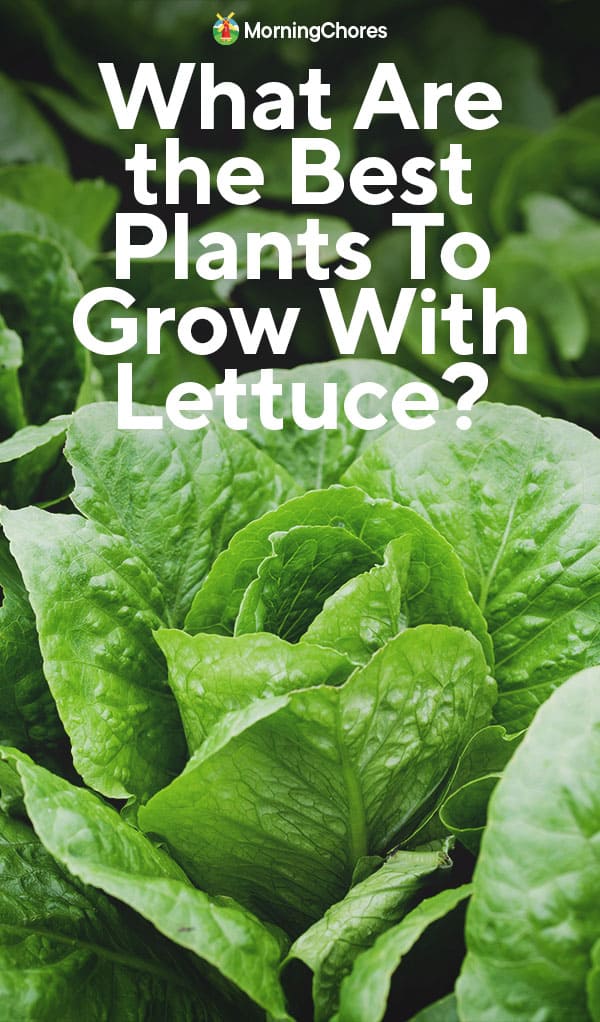
Herbs
Herbs, both culinary and medicinal, are excellent lettuce companion plants. And hey, you can chop several of them off and toss them in your salads as a bonus.
1. Anise Hyssop

Slugs will seek to avoid this herb’s (Agastache foeniculum) aroma, which they find unpleasant. Use it as a barrier to keep them at bay around your lettuce patch.
2. Chervil

Chervil (Anthriscus cerefolium) is a great deterrent for slugs and snails because they hate it.
3. Chives

Chives, like other members of the onion (Allium) family, repel aphids and other pests. To keep your tender greens safe, grow these as a perimeter barrier.
4. Cilantro
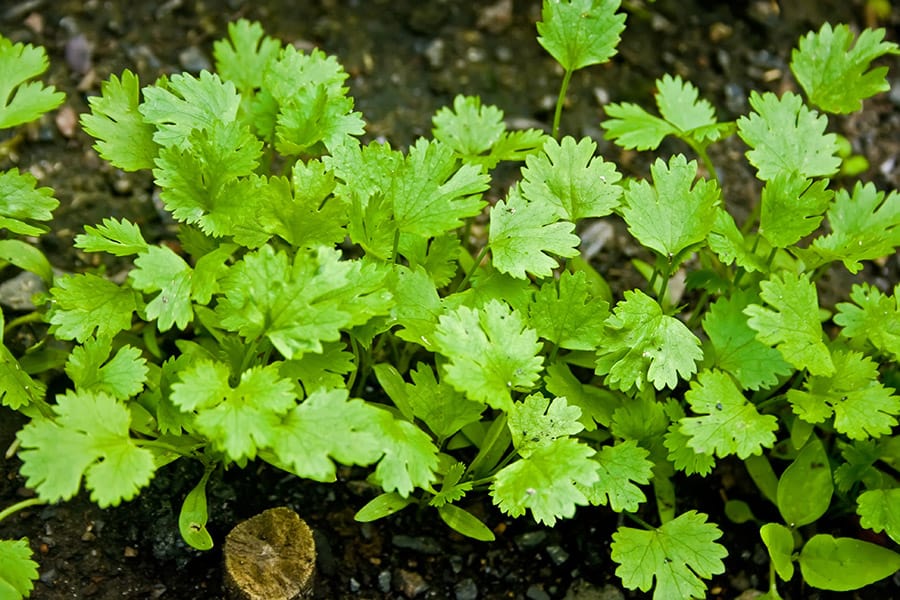
By repelling pests while attracting beneficial insects, this plant (Coriandrum sativum) performs double duty in the garden. Because you can consume the leaves raw and collect the (coriander) seeds later, this is actually triple duty.
5. Mint
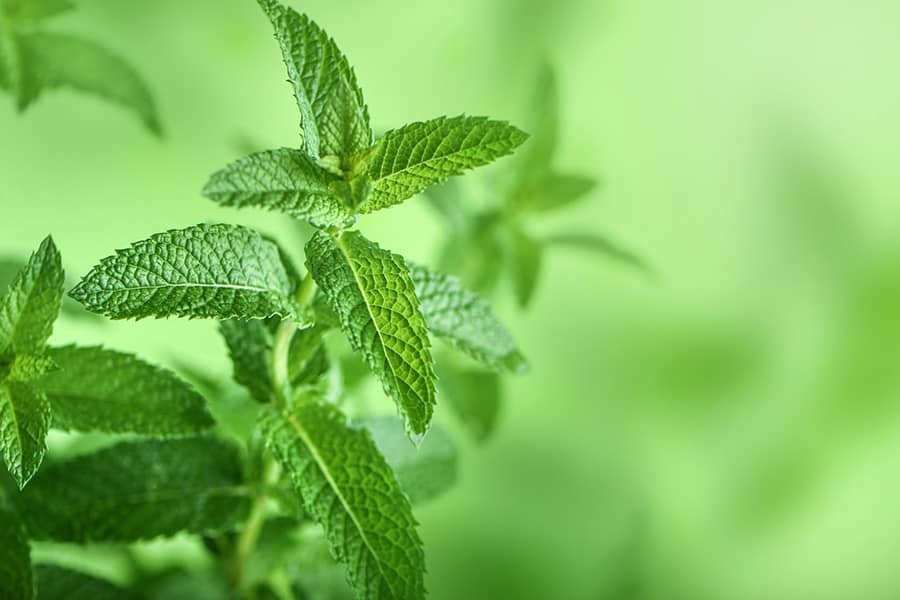
Mint (Mentha spp.) is likewise effective against slugs, much like the other anise hyssop mentioned. However, if left unchecked, it can spread like wildfire. Plant root barriers to allow it to be one of your lettuce companion plants.
6. Sage

Slugs are kept at bay by sage (Salvia officinalis), which has the same properties as mint. Beetles and mites are repelled by it as well. Sage can also help enhance the flavor of your strawberries if you’re growing them between your lettuces.
Flowers
Among lettuce plants, many flowers perform well. These blooms may also attract beneficial pollinators at the same time since you’re likely growing other veggies.
7. Calendula

Loading ad
Plant calendula (Calendula spp.) about 8-10 feet away from your lettuces if slugs are the bane of your existence. They’ll take care of the slugs by drawing them on paper and keeping them away from your lawn. Think of them as the slugs’ favorite treat over the salad bar, rather than a healthy option.
8. Nasturtiums

A good “trap crop,” instead of slugs, is Nasturtiums (Tropaeolum spp.), which will keep aphids away from your lettuce plants.
Vegetables
When vegetables are planted in close proximity, they may provide benefits to one another. Some provide shade or serve as living mulch, while others provide nutrient swaps.
9. Asparagus
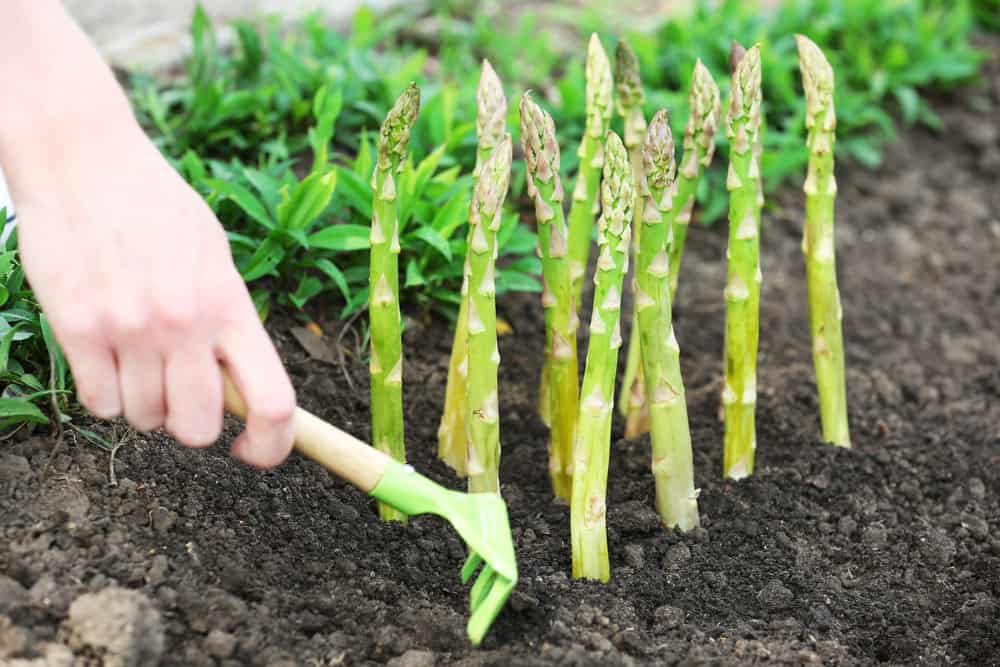
The soil is loosened and extra aeration is provided by these delicious perennials (Asparagus officinalis). On hot summer days, asparagus (and their leaves) may also provide some much-needed shelter to lettuce.
10. Beans
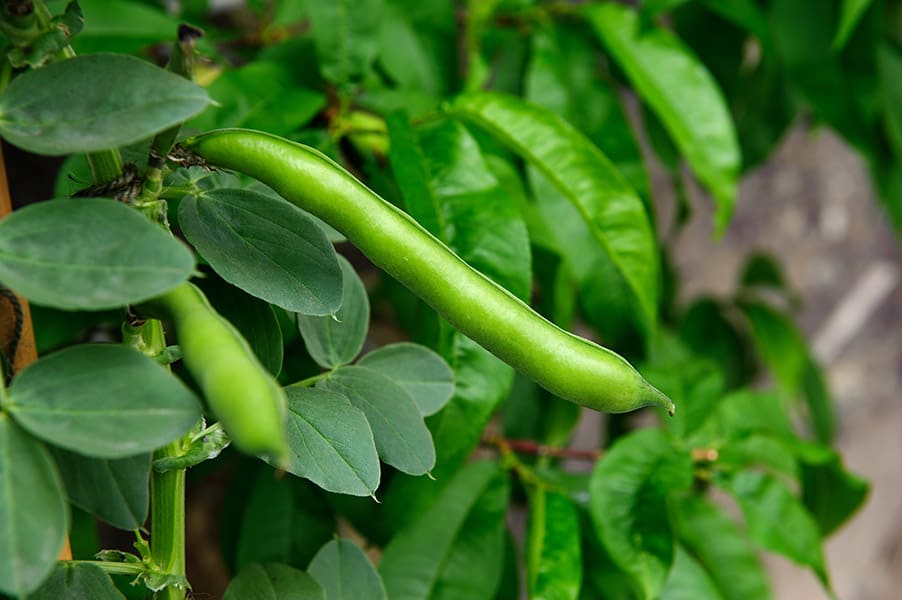
Loading ad
Ideal lettuce companion plants include both pole and bush beans. Since nitrogen, which lettuce needs to flourish, is deposited into the surrounding soil.
If you live in a hot, bright environment, choose pole beans and plant them south of your lettuce plants. Instead, place your lettuce inside a bean tent or tipi.
In very hot weather, lettuce will bolt due to the excessive sunlight. As a result, it is well-suited for spring or autumn planting. Tall pole beans will allow your lettuces to grow instead of going to seed by blocking out both heat and sunlight.
11. Beets

Despite the fact that beets (Beta vulgaris) aren’t beneficial to your lettuce growing efforts, they don’t cause any harm. Consider these neutral companions and utilize them to the maximum extent possible by interplanting lettuce and other veggies on this list.
12. Carrots

Daucus carota subsp. carota root vegetables are delicious. When they grow, sativus) assist to loosened the soil. Carrots, on the other hand, keep lettuces and other shallow-rooted veggies from developing root rot.
13. Corn
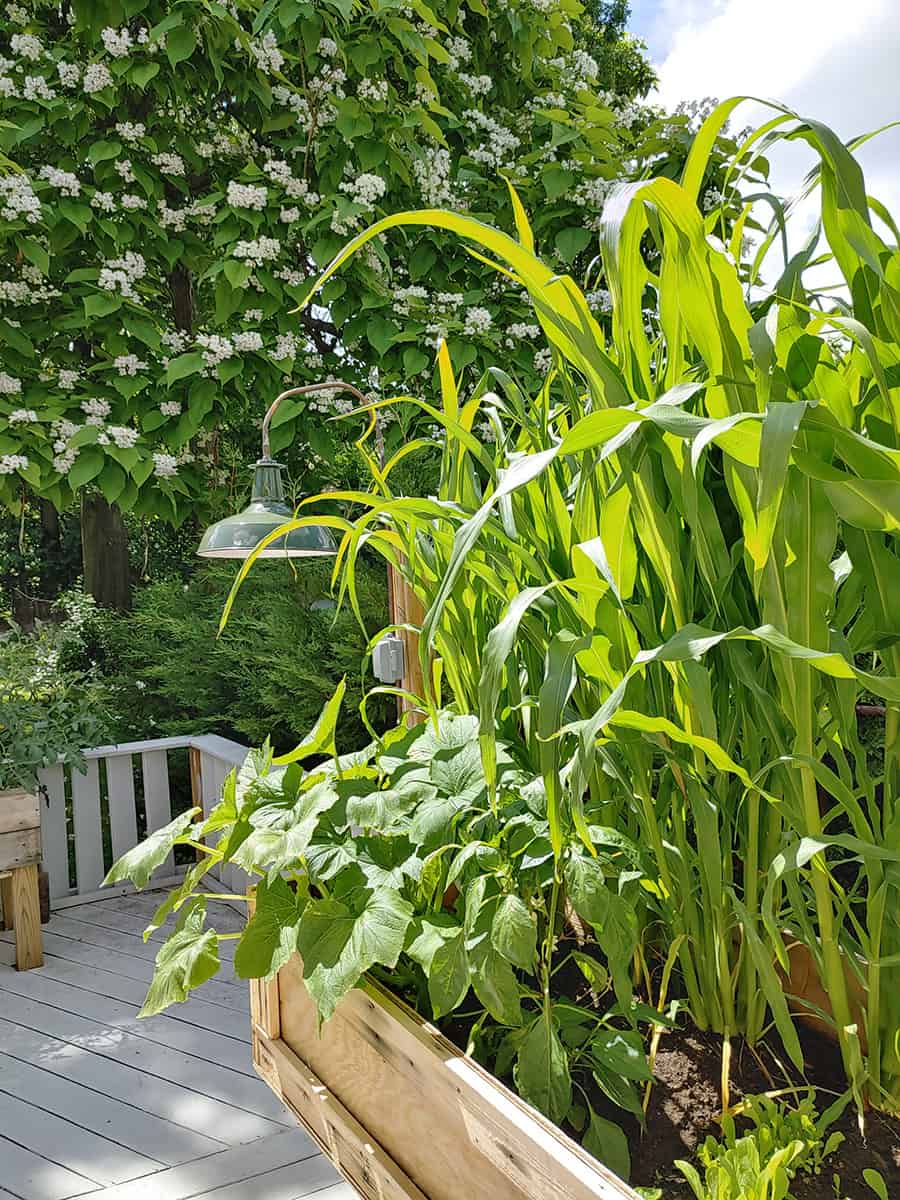
If you live in a hot environment, corn (Zea mays) may provide similar shade to your lettuces.
14. Cucumbers

Lettuces grow quickly, but cucumbers (Cucumis sativus) take a long time to spread out and develop. As a consequence, well before your cukes reach maturity, you may plant several lettuces around them.
Taking full advantage of your expanding area is made easier by this. Cucumber leaves also help your lettuces thrive by providing shade and water retention.
15. Eggplant

Between your lettuce harvests, this vegetable (Solanum melongena) can help you save space. After you’ve harvested your springtime lettuce, place it in the same location. Afterwards, in late summer, when your eggplant has grown up, remove it. Then put your autumn greens in the same spot.
16. Garlic

Garlic (Allium sativum) is despised by certain aphids, mites, cutworms, and caterpillars. As a consequence, inserting it among and around your lettuces may help to protect them from these tiny jerks.
17. Onions

Because they help to discourage different pests, all alliums are beneficial to lettuces. Because of the unpleasant smell, many animals and insects avoid your delectable greens.
Interplanting the two, on the other hand, takes advantage of limited space. Bulbs of the onion (Allium cepa) won’t compete for surface growing space because they develop underground.
18. Parsnips

Parsnips (Pastinaca sativa) aid in soil aeration and drainage, much like carrots. Because they don’t compete for space, they may be densely planted among lettuces.
19. Peas
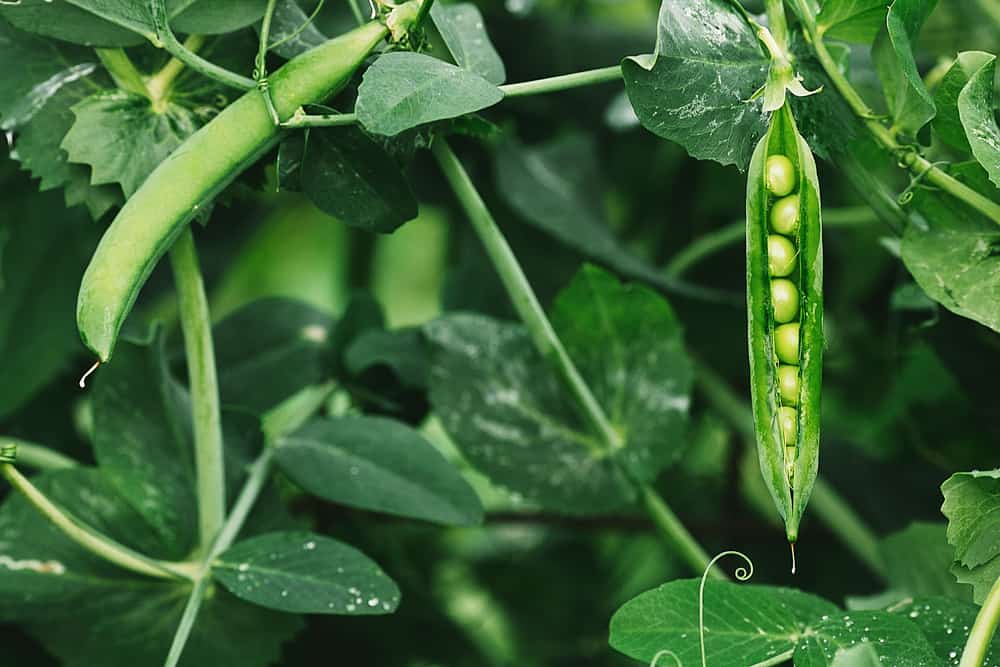
These climbing legumes (Pisum sativum) aid in the fixation of nitrogen in the soil, much like beans. They may also assist your low-growing lettuces in getting the much-needed protection.
20. Potatoes
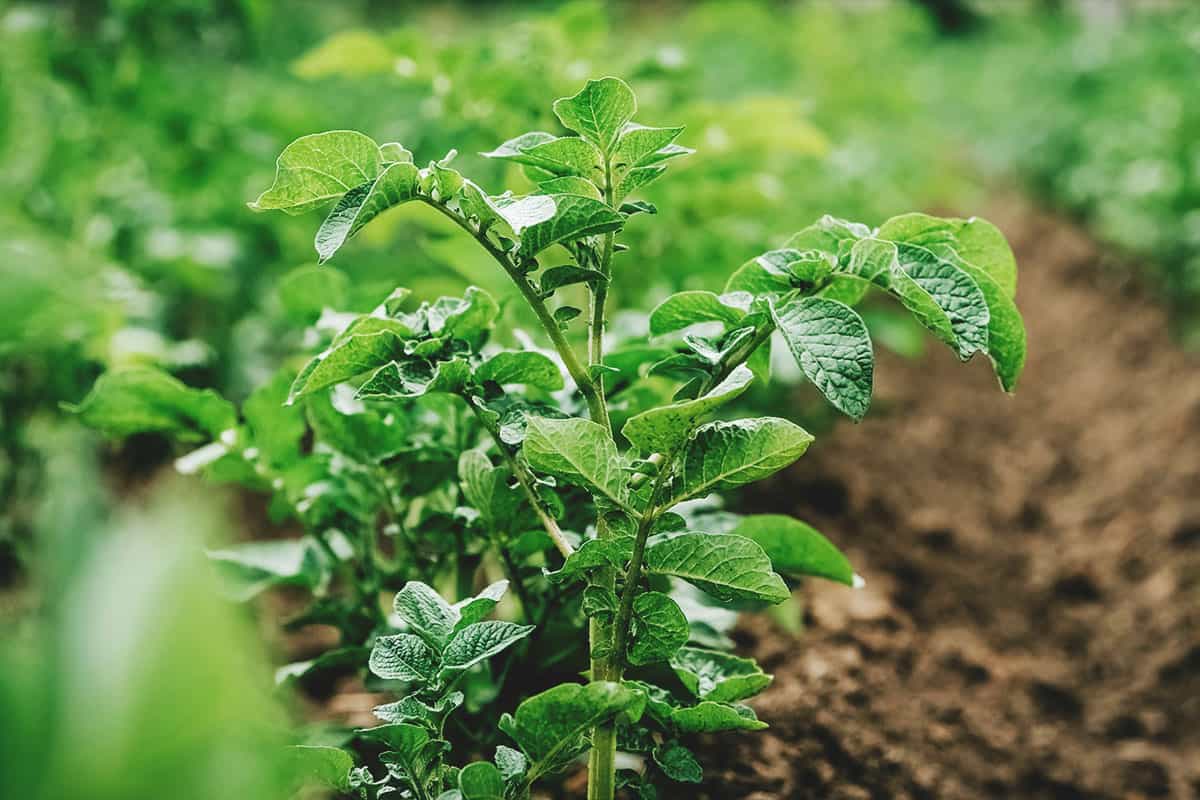
Other root/tuberous vegetables, such as potatoes (Solanum tuberosum), behave similarly. They won’t compete for surface area and will loosen the soil for better drainage and nutrient absorption.
21. Pumpkins

Remember how we praised cucumbers a few minutes ago? Pumpkins (Cucurbita spp.) are also covered by this.
22. Radishes

Raphanus raphanistrum var. raphana Apart from breaking up the soil and occupying space well, sativus) don’t help lettuce much. Nonetheless, because of what those tasty greens do to them, we like them as lettuce companion plants.
Radishes’ texture and flavor are improved by lettuces, which help them remain fresh and tasty all season.
23. Squashes

Squashes, like pumpkins and cucumbers, provide similar health benefits.
24. Turnips
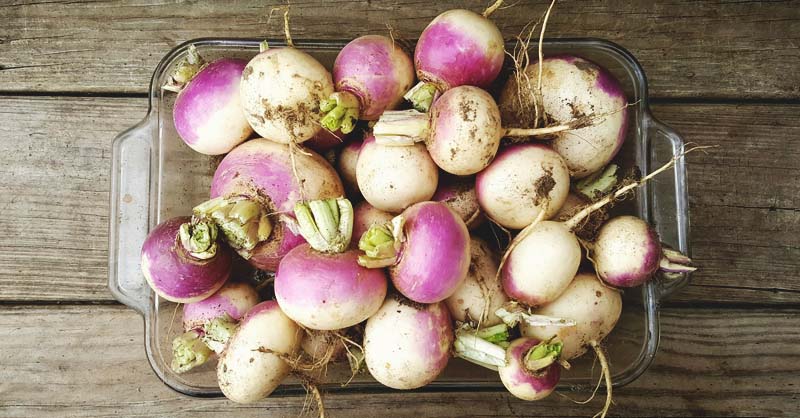
Turnips (Brassica rapa subsp. They aren’t as harmful as cabbages or kale, so they belong to the cabbage family. In reality, aphids are repelled by turnips, which may wreak havoc on your lettuce plants in fifty shades of colors. To keep your greens healthy, interplant them with them!
Fruits
Some fruits go well with lettuces, but others don’t. Which fruity pals are ideal lettuce companion plants? Let’s take a look.
25. Fruit Trees

Within a fruit tree guild, lettuce is frequently a good option for growing. Incorporate some lettuce cultivars between the tree and its drip line if you’re trying to decide what to cultivate. Just make sure to provide them with enough shade by growing them among taller species.
26. Melons

All melon cultivars grow well with lettuce, because they are members of the Cucurbitaceae family (as are cucumbers, squashes, and pumpkins).
27. Strawberries
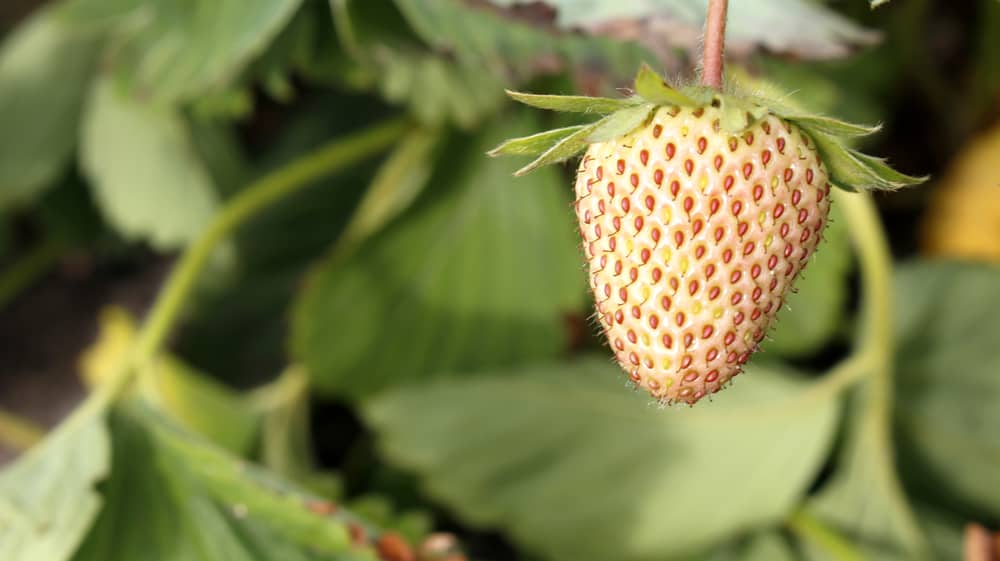
The lovely berries (Fragaria × ananassa) have a fascinating symbiotic connection with lettuce. Strawberries act as a living mulch, retaining moisture in the soil. By hiding the berries from view, lettuce protects them from predators.
Lettuce becomes sweeter when strawberries are added to it.
28. Tomatoes

Remember that these are fruits, not veggies! Since they provide much-needed shade, tomatoes (Solanum lycopersicum) are ideal for lettuces. Additionally, since they’re climbers, they won’t fight for potential growing area on the ground.
Bad Neighbors
Let’s now take a look at the not-so-helpful neighbors of the best lettuce companion plants.
Blueberries
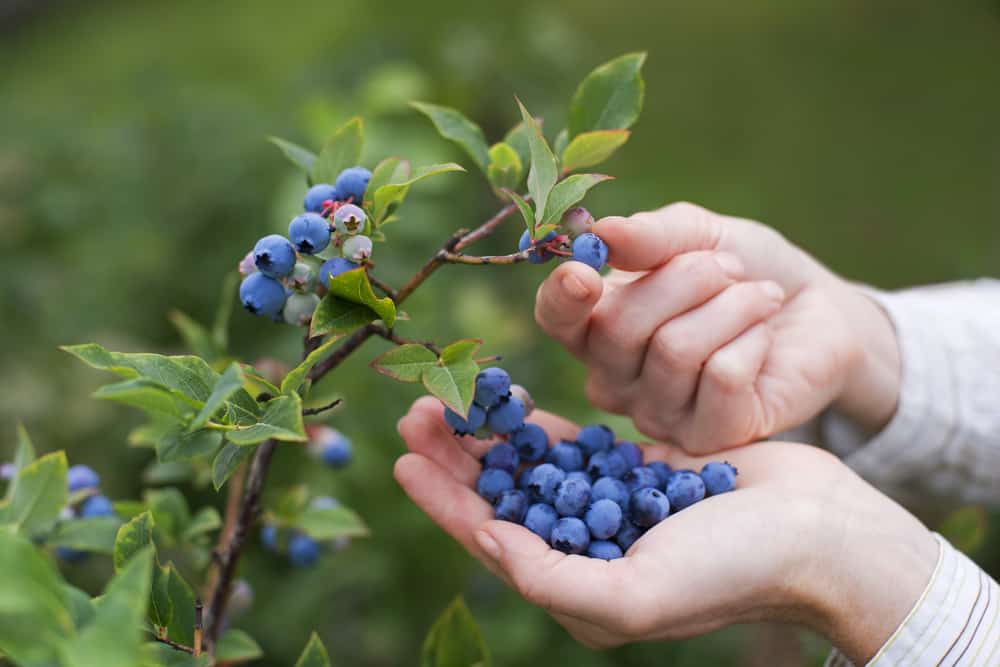
Planting lettuces around your blueberry bushes might seem like a good idea at the time, but it will only result in sorrow. In order to thrive, blueberries need acidic soil, whereas lettuces prefer pH neutral. As a result, the other species will fail if one of them is thriving. Sadly, this is the truth.
Brassicas
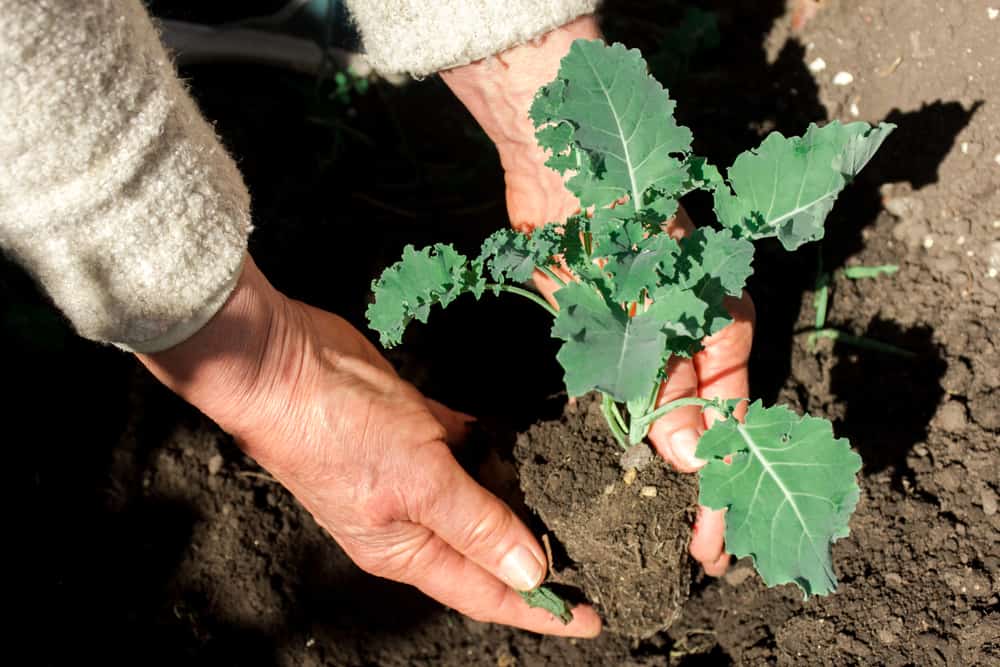
Cruciferous vegetables (e.g., broccoli) are nearly all cruciferous. A substance that impedes lettuce seed germination is secreted by the Brassicaceae family. Cabbage, kale, Brussels sprouts, arugula, kohlrabi, mustard, and collards are some of the veggies on the list.
The brassicas will struggle for nutrients if any of the lettuces manage to sprout. The cabbage family is a significant nitrogen consumer, and they all need nitrogen to flourish.
Rabbit or deer droppings are a fantastic method to add extra nitrogen to the soil as an aside. Like cow or horse manure, they don’t have to be aged. Collect the droppings of your pet rabbits if you live near a woodland where deer abound. scatter them around your greens beds to encourage robust, nourished plant development.
Fennel
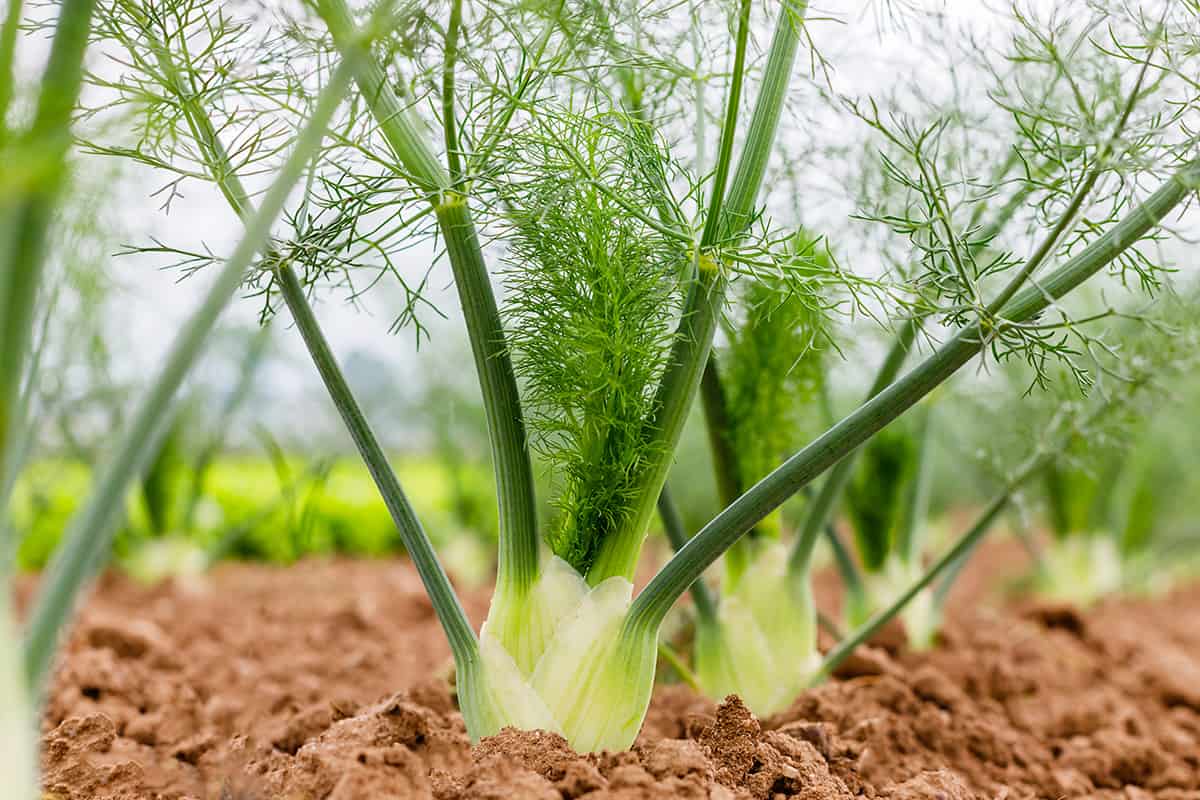
Fennel is a flavorful plant, but it inhibits the growth of many other species. lettuces grown nearby will be severely compromised, and seeds may fail to sprout due to the surrounding environment.
Parsley
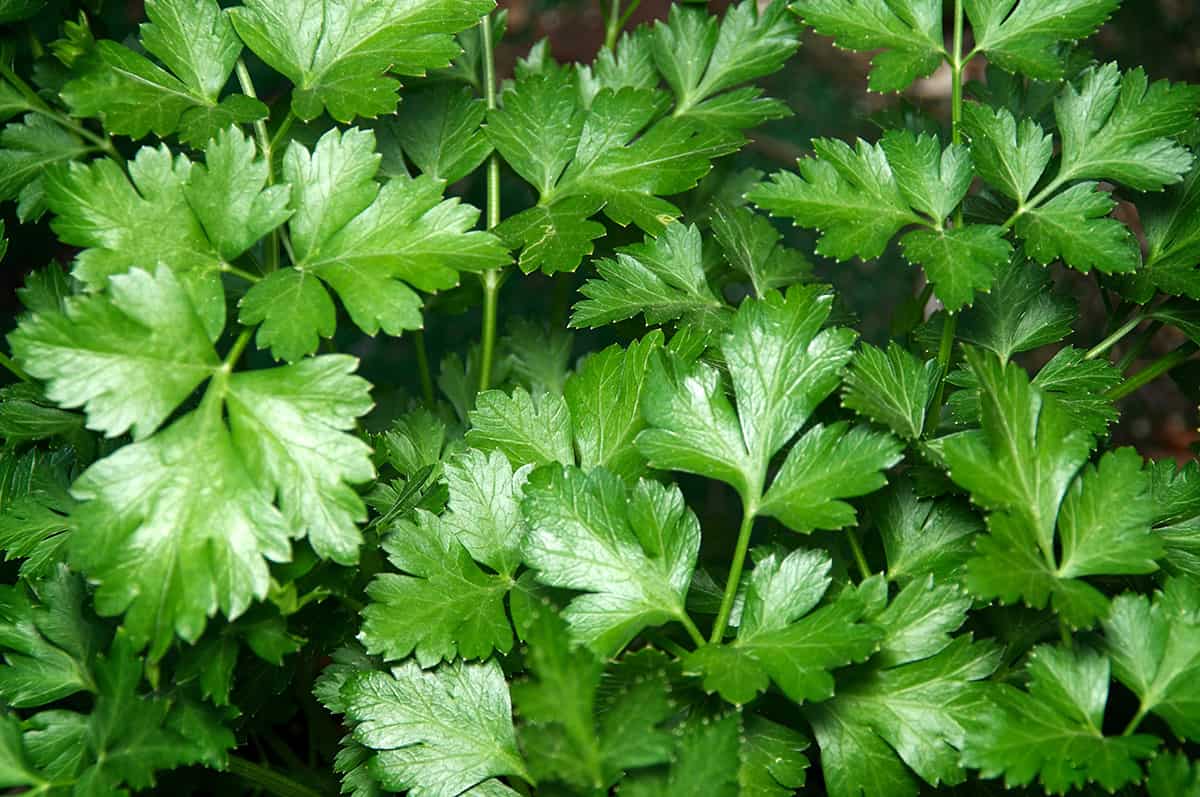
This herb attracts pests that will destroy your lettuce crops. Additionally, before the lettuce is completely developed, its presence will induce it to bolt and produce seed.
